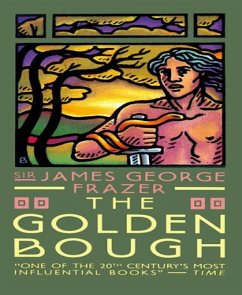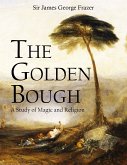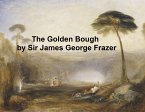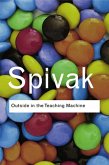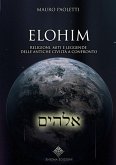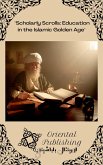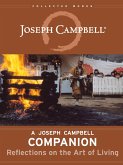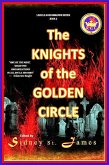The Golden Bough: A Study in Magic and Religion is a wide-ranging, comparative study of mythology and religion, written by the Scottish anthropologist Sir James George Frazer. The work was aimed at a wide literate audience raised on tales as told in such publications as Thomas Bulfinch's The Age of Fable, or Stories of Gods and Heroes. Frazer offered a modernist approach to discussing religion, treating it dispassionately as a cultural phenomenon rather than from a theological perspective. The influence of The Golden Bough on contemporary European literature and thought was substantial. The Golden Bough attempts to define the shared elements of religious belief to scientific thought, discussing fertility rites, human sacrifice, the dying god, the scapegoat and many other symbols and practices whose influence has extended into twentieth-century culture.[3] Its thesis is that old religions were fertility cults that revolved around the worship and periodic sacrifice of a sacred king. Frazer proposed that mankind progresses from magic through religious belief to scientific thought. This thesis was developed in relation to J. M. W. Turner's painting of The Golden Bough, a sacred grove where a certain tree grew day and night. It was a transfigured landscape in a dream-like vision of the woodland lake of Nemi, "Diana's Mirror", where religious ceremonies and the "fulfillment of vows" of priests and kings were held. The king was the incarnation of a dying and reviving god, a solar deity who underwent a mystic marriage to a goddess of the Earth. He died at the harvest and was reincarnated in the spring. Frazer claims that this legend of rebirth is central to almost all of the world's mythologies.
Dieser Download kann aus rechtlichen Gründen nur mit Rechnungsadresse in A, B, CY, D, DK, EW, E, FIN, F, GR, IRL, I, L, M, NL, P, S, SLO, SK ausgeliefert werden.

